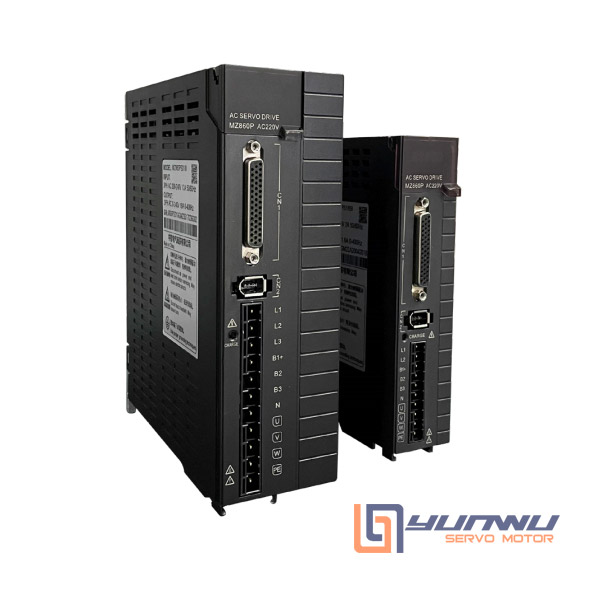Servo motor driver play a critical role in controlling the movement and precision of servo motors in various applications. They are specialized electronic circuits designed to provide power and control signals to servo motors, enabling precise positioning and speed control. Whether used in robotics, industrial automation, or consumer electronics, servo motor drivers ensure efficient performance and accurate response.
How Does a Servo Motor Driver Work?
A servo motor driver receives control signals (often Pulse Width Modulation or PWM) from a microcontroller or control system and converts these signals into current and voltage adjustments to drive the servo motor. The feedback loop system in the driver continuously adjusts the motor’s position based on input signals and feedback from the motor’s position sensor. This closed-loop control is key to achieving high accuracy and responsiveness.
https://www.yunwu-motor.com/servo-motor-driver/
Types of Servo Motor Drivers
There are various types of servo motor drivers based on the type of motor and application:
-
AC Servo Motor Drivers: Designed for AC servo motors, typically used in high-power and high-precision applications such as CNC machinery and industrial robotics.
-
DC Servo Motor Drivers: Suitable for DC servo motors, commonly used in applications requiring lower power and simpler control systems, such as in hobby projects and smaller automation systems.
-
Digital Servo Motor Drivers: These use microcontrollers for more precise control and are programmable, making them versatile for complex tasks.
-
Analog Servo Motor Drivers: They offer basic control, often used in simpler systems where high precision is not critical.
Key Factors to Consider When Choosing a Servo Motor Driver
-
Voltage and Current Ratings: Ensure the driver can handle the voltage and current requirements of your servo motor to avoid overheating or damage.
-
Control Interface: Depending on your application, you may need drivers compatible with PWM, serial communication, or CAN bus.
-
Feedback Compatibility: Choose a driver that supports the type of feedback used by your servo motor, such as encoder, resolver, or Hall effect sensors.
-
Size and Mounting: Consider the physical dimensions and mounting options of the driver for seamless integration into your system.
Applications of Servo Motor Drivers
- Robotics: For precise motion control in robotic arms and automated vehicles.
- CNC Machines: To control the position and speed of cutting tools for high-precision manufacturing.
- Drones: For stabilizing and controlling the flight movements.
- Automated Conveyor Systems: Ensuring smooth and accurate positioning of products.
In summary, the choice of a suitable servo motor driver is crucial for achieving desired motion control, precision, and efficiency in your application. By understanding the requirements and specifications of your servo motor and the control system, you can select a driver that optimally matches your needs.
This post was created with our nice and easy submission form. Create your post!





